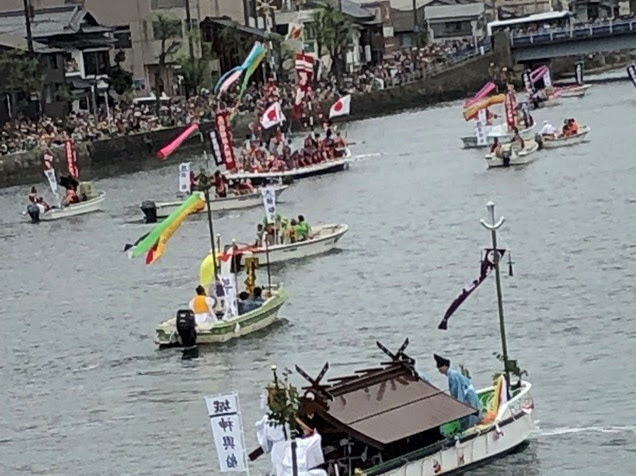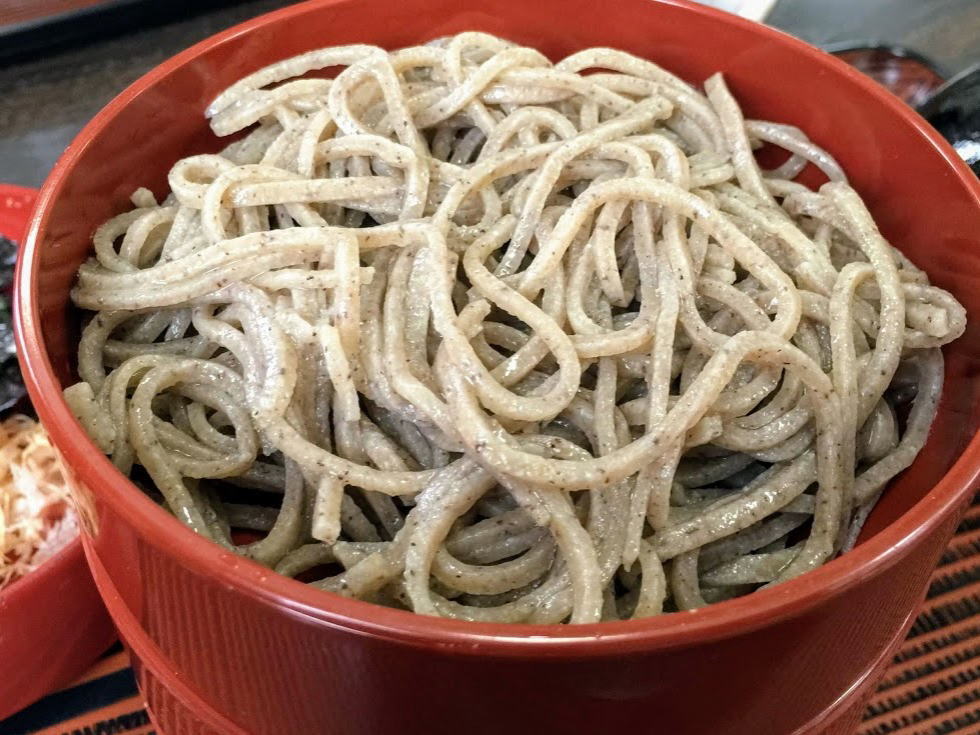Lafcadio Hearn, known in Japan as Koizumi Yakumo, visited the country during the Meiji era and was deeply captivated by the natural beauty and culture of Matsue.
He admired the city’s traditional customs and scenic landscapes, and he also developed a strong interest in its local cuisine.
In this chapter, we will explore the cultural heritage of Matsue that Hearn cherished, along with the foods he enjoyed.
1. The Culture of Matsue that Hearn Loved
(1) Traditions and Customs of Matsue
Matsue developed as a castle town, fostering a rich samurai culture and a deep-rooted tea ceremony tradition.
Hearn was deeply fascinated by Japanese traditions, and he especially appreciated the tranquil and refined atmosphere of Matsue.
Tea Ceremony Culture: Matsue is known for its strong tea culture. Hearn participated in tea gatherings and experienced the charm of matcha and wagashi (traditional Japanese sweets).
Shrine and Temple Visits: Hearn had a deep interest in Shinto and Buddhism and frequently visited Matsue’s shrines and temples.
Traditional Crafts: He also showed enthusiasm for Matsue’s traditional crafts, such as handmade washi paper and pottery, and he collected folk art pieces.
(2) Festivals and Folklore

Matsue hosts various festivals throughout the year.
Hearn engaged with Japanese folklore and traditional performing arts through these festivals, incorporating them into his literary works.
Horanenya: One of Japan’s three major boat festivals, held once every five years.
Matsue Suigo Festival: A summer fireworks festival held over Lake Shinji, which Hearn is said to have enjoyed.
2. The Cuisine of Matsue that Hearn Enjoyed
(1) Characteristics of Matsue’s Cuisine
Matsue, situated by Lake Shinji and the Sea of Japan, is rich in fresh seafood.
Additionally, its strong tea culture has led to a flourishing tradition of wagashi (Japanese sweets).
Hearn is believed to have enjoyed these distinct flavors of Matsue.
(2) Dishes Hearn Loved
① Shinji-ko Shichin (The Seven Delicacies of Lake Shinji)
Hearn particularly enjoyed the seafood from Lake Shinji.
The Shinji-ko Shichin refers to the seven representative ingredients found in the lake:
Shijimi (Freshwater Clams): Highly nutritious and commonly used in miso soup.
Moroge Ebi (Small Prawns): Tiny but packed with rich flavor.
Suzuki (Sea Bass): Enjoyed as sashimi or grilled with salt when in season.
Koi (Carp): Served as sweet simmered fish (kanroni) or as sashimi (arai).
Unagi (Eel): A specialty of Matsue, often grilled with a sweet soy glaze or served plain.
Shirauo (Icefish): A delicate white fish, eaten as sashimi, with eggs, or in tempura.
Amasagi (Pond Smelt): Commonly deep-fried or simmered in a sweet soy broth.
② Izumo Soba

Izumo Soba, a specialty of the Matsue region, was also a favorite of Hearn.
This type of soba is made by grinding the entire buckwheat kernel, giving it a darker color and richer flavor.
Wariko Soba: Served in three-tiered round lacquerware bowls, with toppings and dipping sauce poured over the noodles.
Kamaage Soba: Served hot and enjoyed by dipping the noodles into a warm broth.
③ Wagashi and Matcha
 (References:Shimane Tourism Navi https://www.kankou-shimane.com/gourmet/wagashi)
(References:Shimane Tourism Navi https://www.kankou-shimane.com/gourmet/wagashi)
Matsue’s thriving tea culture has produced many famous wagashi shops.
Hearn enjoyed these traditional sweets along with matcha green tea.
Wakakusa: A signature confection of Matsue, a soft and chewy mochi-like sweet.
Usugura: A refined wagashi made with azuki beans and agar jelly.
Yamakawa: A soft, baked sweet filled with smooth red bean paste.
3. Hearn’s Thoughts on Matsue’s Cuisine
Hearn often wrote about Japanese food culture in his essays.
Regarding Matsue’s cuisine, he remarked, "Many dishes highlight the natural flavors of the ingredients, making the meal itself feel like an art form."
He also stated, "Japanese cuisine is something to be enjoyed with the eyes, tasted with the tongue, and felt with the heart."
His deep admiration for Matsue’s food culture is evident in these reflections.
Conclusion
Lafcadio Hearn was enchanted by the traditions and cuisine of Matsue, and he captured their essence in his works.
The customs and dishes he loved continue to be cherished by many today.
When visiting Matsue, experiencing its rich food culture and imagining Hearn’s perspective can add an extra layer of enjoyment to the journey.
References
https://www.hearn-museum-matsue.jp/ (Lafcadio Hearn Memorial Museum)
https://www.kankou-matsue.jp/ (Matsue City Official Tourism Site)
https://www.jnto.go.jp/ (Japan Government Tourism Information)
